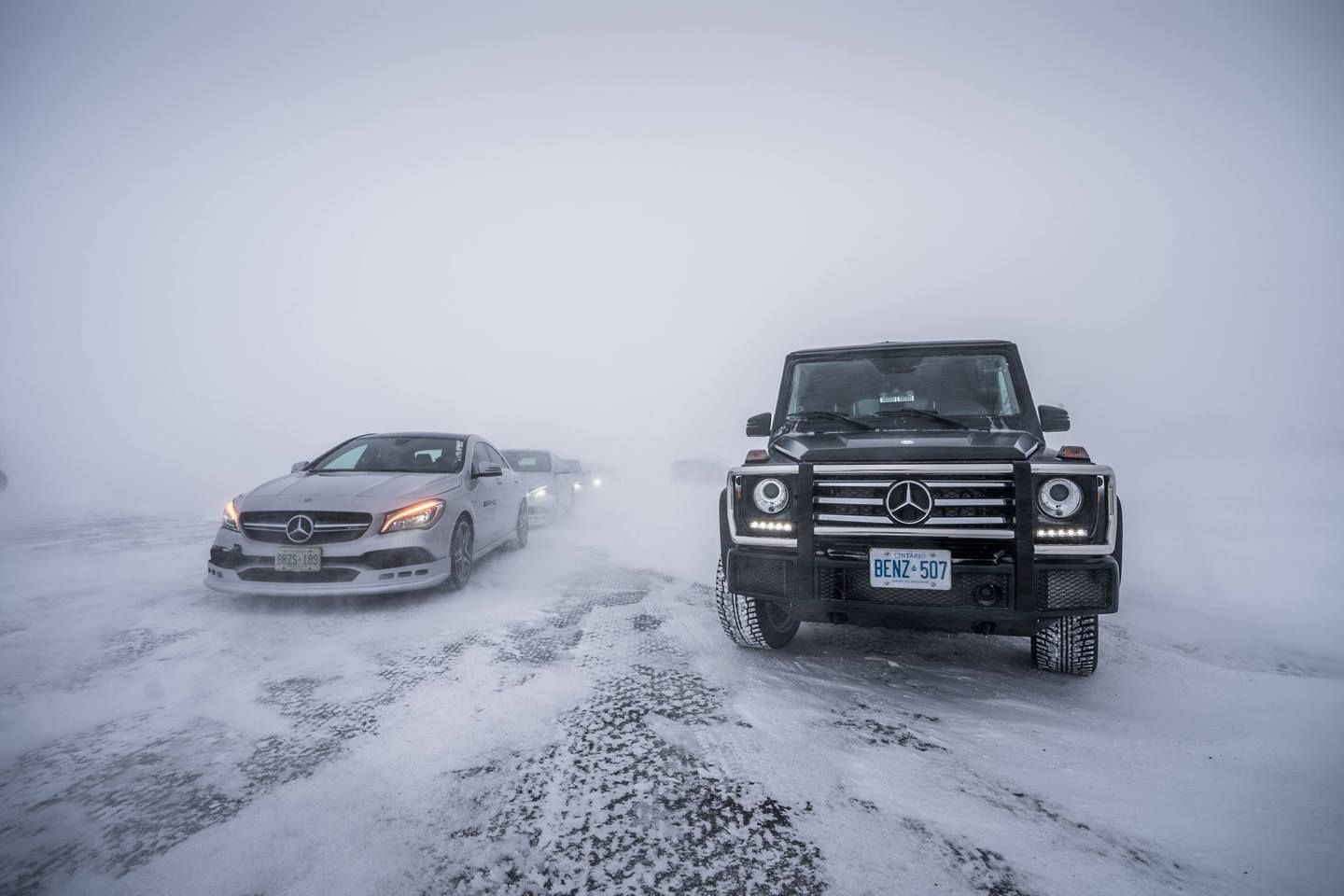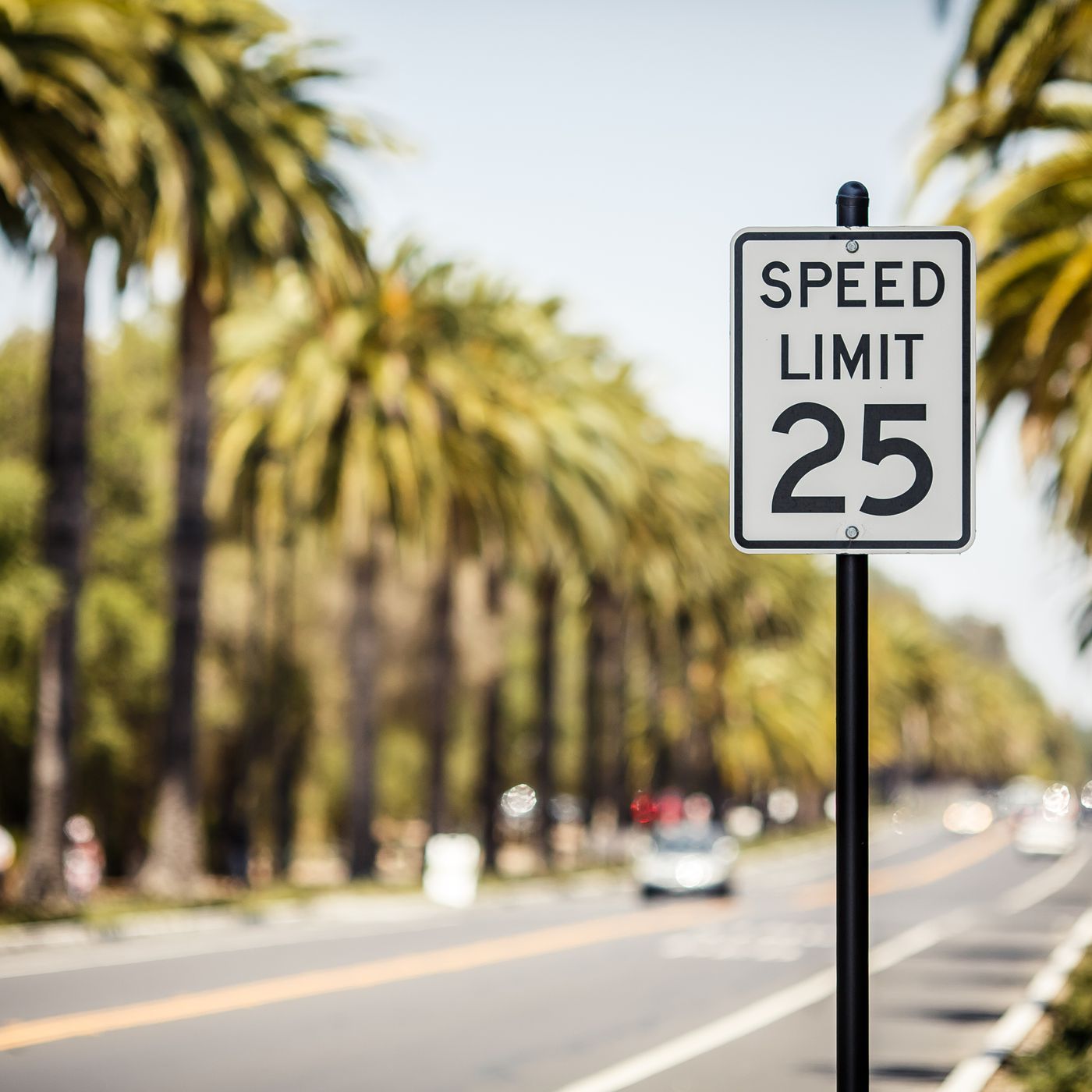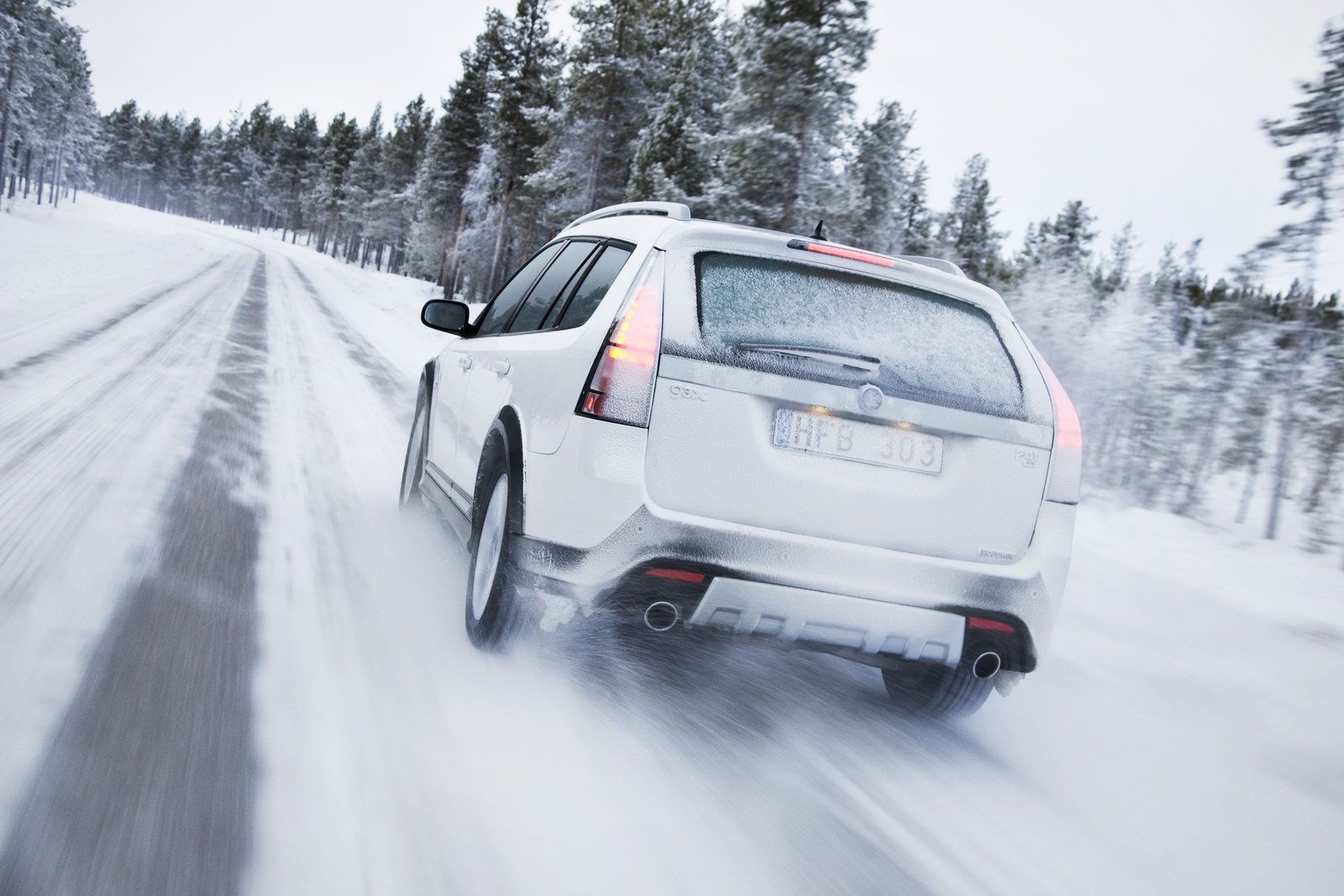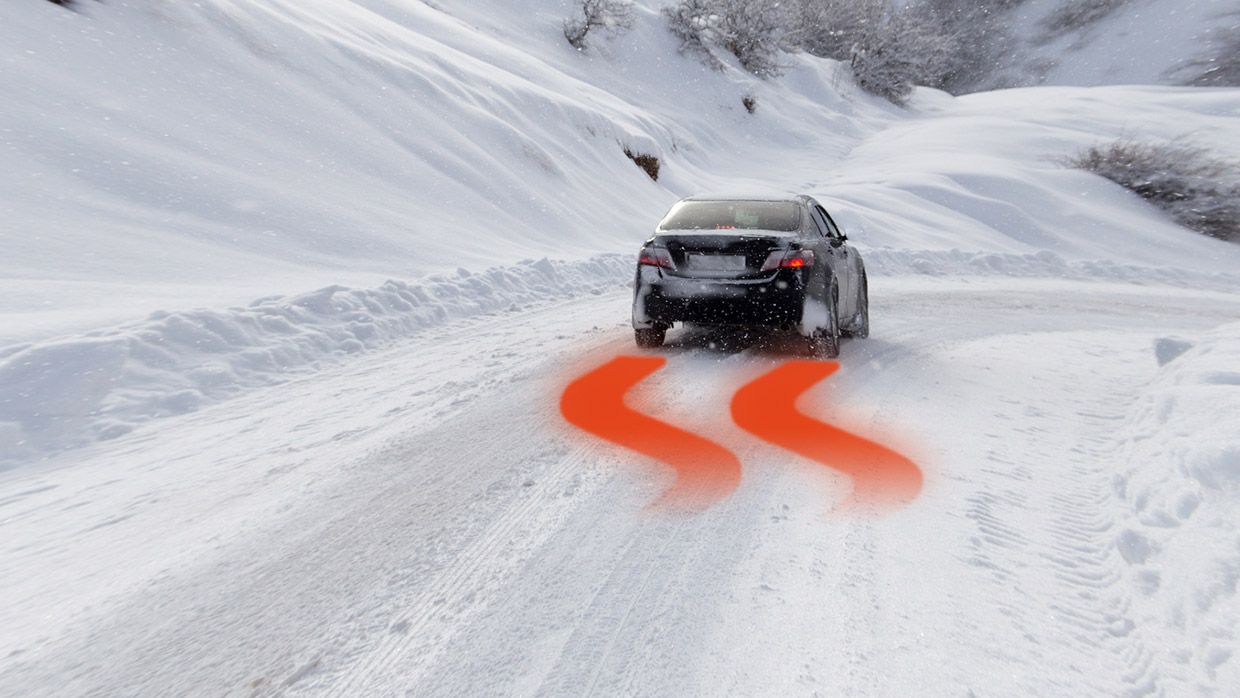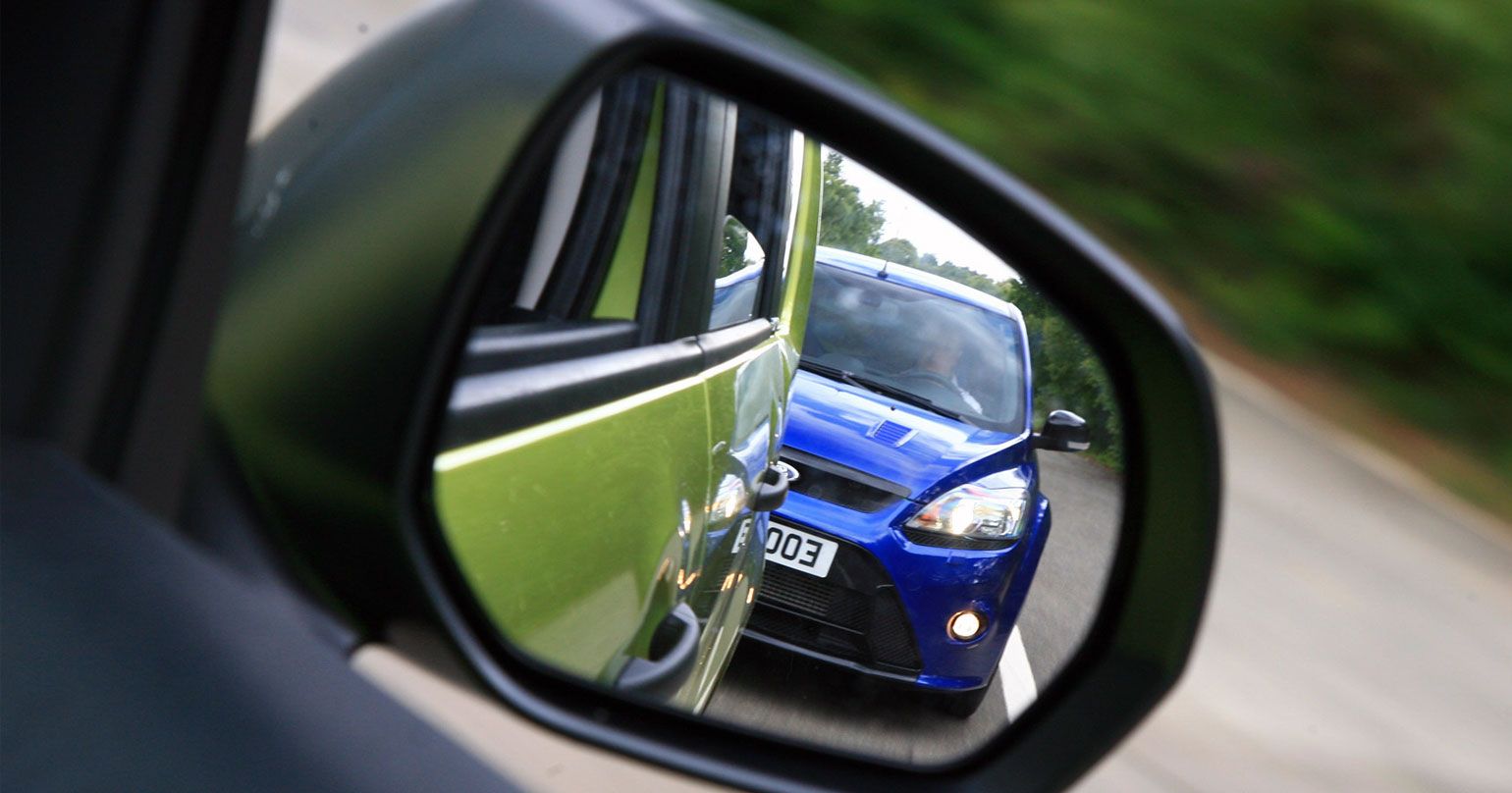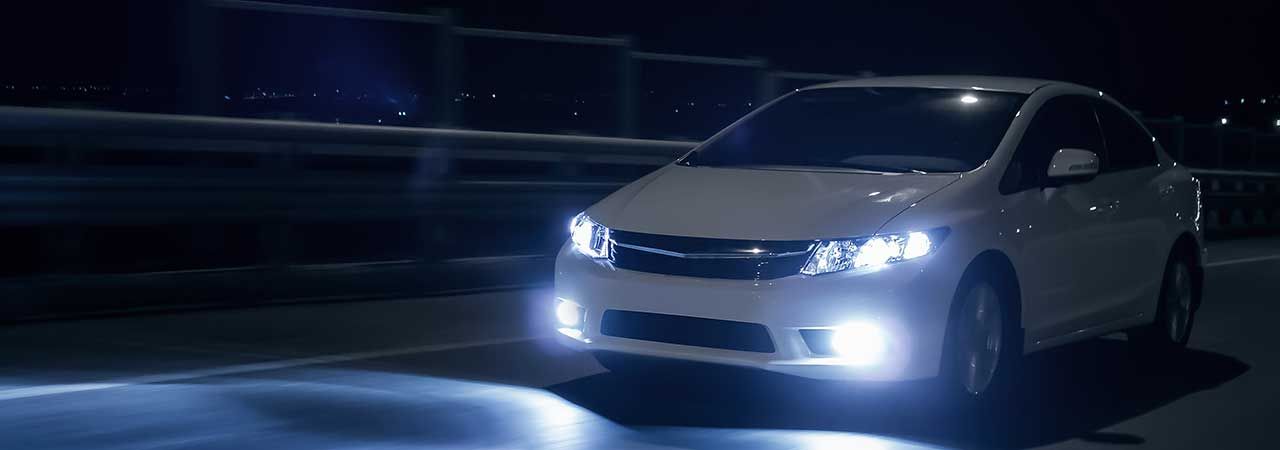Driving a car in the winter can be scary enough, and a car with rear-wheel drive (RWD) can make it even worse. It is possible to drive a car with RWD during the winter, but staying twice as careful and on high alert is crucial, and could be lifesaving.
A car that includes RWD has been built so the power from the engine is directed to the back of the vehicle, and the front tires are there for steering purposes. Snow tires are recommended for any car to help you travel safely, but so are these suggestions.
10 A Mechanic’s Help
Taking a trip to see your favorite mechanic is most likely needed to get your winter tires put on, which is critical to winter driving. While you’re there, let your car be tested out on a few other things as well. Be sure it is running smoothly and that your brakes are in good condition. Take advantage of anything that is done for free. Better to be safe than sorry.
9 Try, Try, And Try Again
When it comes to trying to get good or better at anything, practice is always the answer—it makes perfect, after all. Since RWD is the toughest way to drive in the winter you’ll need to do more than buckle up and go.
Practice in a quiet empty parking lot, to get the feel for your car. If you need someone to help you feel more secure, sign up for a driving class. This will include learning how to brake effectively, drive comfortably and the rules of the road.
8 Follow The Speed Limit
Speed limits are specific to the type of road you’re driving on, and although the need for speed is often tempting it isn’t smart to exceed them. When driving in an RWD vehicle in winter conditions leave your heavy foot at home so you can avoid any accidents, it isn't anything like summer driving.
Speaking of taking it slow, do so when you brake. This prevents slipping on the road and pushing you ahead further than you are meaning to. Be sure to also turn smoothly and again, slowly.
7 Junk In The Trunk
Since the back wheels are important to how you move in an RWD car, use this trick to have them perform better. Add a bit of weight into the trunk. This could be a few bags of sand, dirt, kitty litter or salt, which could come in handy if you ever get stuck on the road as well, or your household in the future.
By placing this in the trunk, you’re adding weight on the axle and rear tires which provide a better grip when they spin, and traction is your best friend on the icy and snowy roads.
6 Fishtailing
This term refers to when the rear end of your car skids to one side because it has lost traction, and ultimately goes in the direction you’re steering. This can occur when driving over black ice.
To fix this action, slowly steer in the same direction of the skid as soon as possible while reducing your speed, but limit your braking. If this is a concern, or a recurring problem in your vehicle, replacing it with a front-wheel-drive vehicle will leave you better off.
5 Holding The Wheel
Having control is ideal, but holding on too tightly isn’t the smartest thing to do. If there is a chance you slip on ice or fishtail, you will be startled, and this could lead you to turning the wheel too much and trying to overcorrect each turn as you go. This results in you moving into opposite directions, and the end of this won’t be pretty.
4 Keep Your Distance
Having someone ride on your bumper is never asked for, and it is always dangerous, more so during another one of those stormy winters. Rear-ending someone not only forces you to get off of your heated seat in the car and into the cold, but it leads you to deal with unhappy and possibly injured motorists and fines—and who wants to lose money around the holiday season, you’ll be spending enough on gifts as it is. So, leave about six car lengths in front of you so you can stop in time.
3 Glowing Lights
Even during the day, have your headlights on whenever it is snowing. You need to alert people that you’re coming and this is a sign that you’re nearby. There may be a time you accidentally cross the yellow line and are driving on the opposite side because of the weather conditions low visibility.
Also, hazard lights should be turned on when you’re driving way below the speed limit to safely be able to move on a slippery surface. There are many cars on the road, some different and some similar, all with a range of capabilities. So warn those around you with your lights.
2 The World Of ABS
The antilock braking system (ABS) senses when you’re going into a slip, which occurs when your wheels “lock up.” ABS prevents skidding and a loss of control to the rear tires. Pumping your breaks is better than relying on your ABS, which automatically kicks-in.
When this system engages, your car makes an automatic decision to start a braking pattern, rapidly turning them on and off. When this occurs, you will feel a vibration of the brake pedal, and pushing down harder on the pedal will not prevent the action from stopping. To avoid being surprised, know if your vehicle has ABS. However, don’t be afraid of it because it’s there to help in the moment of need.
1 Stay On Your Couch
Some days the weather is too tough to tackle for any vehicle. Don’t take any chances, instead stay in, telecommute if it’s possible, or see if public transit is running. If there are obligations you can’t miss out on, at least take your time getting there and be prepared to leave the house earlier than the norm.

